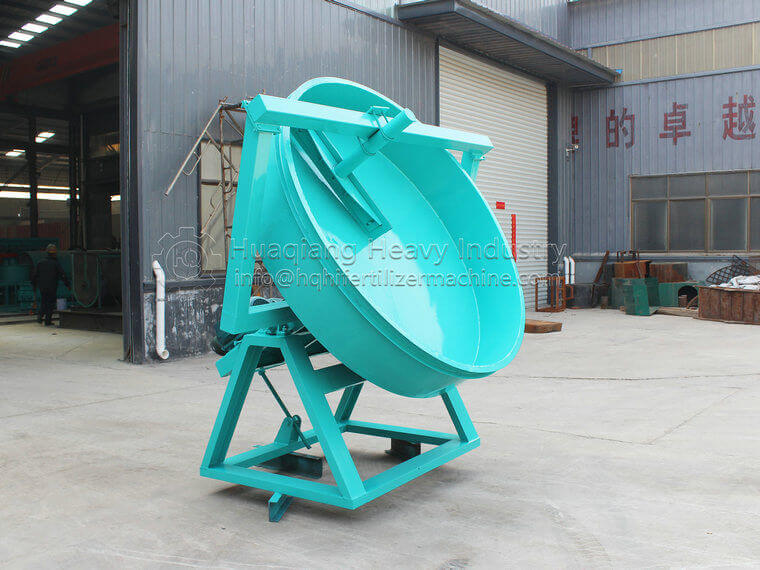The organic fertilizer tipping machine plays a crucial role in fermenting chicken manure. It promotes its maturation and fermentation process by flipping and mixing chicken manure, accelerating the decomposition and transformation of organic matter. The following are the general steps and functions of an organic fertilizer turner in the process of fermenting chicken manure:
Collecting chicken manure: Firstly, it is necessary to collect the chicken manure from the chicken coop or chicken farm, which is usually biomass waste with high moisture content.
Composting ingredients: Mix chicken manure with other organic materials in a ratio. Usually, carbon sources such as straw and sawdust, as well as nitrogen sources such as green plants and crop residues, are added to provide an appropriate carbon to nitrogen ratio and promote aerobic fermentation.
Loading onto organic fertilizer turner: Load the mixed chicken manure into the organic fertilizer turner, and the turner flips and mixes the compost through a stirring device.
Adjusting humidity and ventilation: During the flipping process, adding moisture or adjusting the humidity of the compost can help maintain appropriate humidity, which is beneficial for the growth of microorganisms and the decomposition of organic matter. At the same time, ensuring sufficient ventilation for composting, the organic fertilizer flipping machine allows the compost to come into full contact with the air during the flipping process, promoting aerobic fermentation.
Continuous flipping and monitoring: The organic fertilizer flipping machine continues to flip and mix until the chicken manure is fully decomposed and fermented. During this process, it is necessary to continuously monitor the temperature, humidity and other parameters of the compost to ensure the smooth progress of the fermentation process.
Maturity and application: After a period of fermentation, chicken manure will gradually become mature organic fertilizer. Mature organic fertilizers have good fertilizer efficiency and soil improvement effects, and can be used in fields such as agricultural planting and horticulture to provide the nutrients and microbial communities required by plants, promote plant growth, and increase yield.
Through the fermentation process of organic fertilizer turner, chicken manure can be effectively utilized, reducing environmental pollution and improving crop yield and quality, which meets the requirements of modern agricultural sustainable development.


.jpg)

.jpg)
.jpg)
.jpg)
